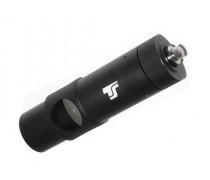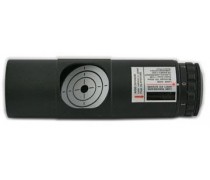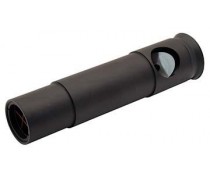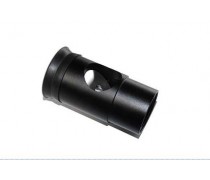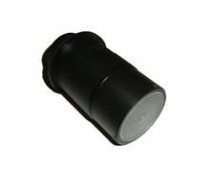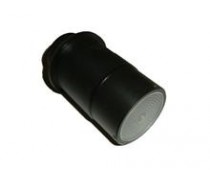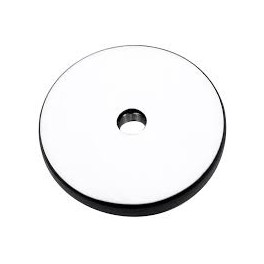 Ingrandisci
Ingrandisci Holographic Attachment for Laser Collimator - Square Grid
Howie Glatter
- Rimuovi questo prodotto dai miei preferiti
- Aggiungi questo prodotto ai miei preferiti.
- Stampa
Holographic Attachment for Laser Collimator - Square Grid Howie Glatter
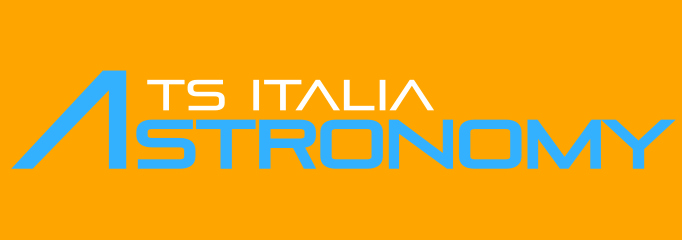
![[USATO] Fornax 52](https://www.teleskop-express.it/img/p/9/9/2/6/9926.jpg)
![[USATO] Astrografo RASA 11″](https://www.teleskop-express.it/img/p/9/1/8/7/9187.jpg)
![[DEMO] Camera QHY 268 Mono BSI](https://www.teleskop-express.it/img/p/6/5/0/1/6501.jpg)

![Holographic Attachment for Laser Collimator - Square Grid Howie Glatter [EN] Holographic Attachment for Laser Collimator - Square Grid Howie Glatter [EN]](https://www.teleskop-express.it/img/cms/circle.pattenr.jpeg)
![Holographic Attachment for Laser Collimator - Square Grid Howie Glatter [EN] Holographic Attachment for Laser Collimator - Square Grid Howie Glatter [EN]](https://www.teleskop-express.it/img/cms/squareGrid.jpeg)
